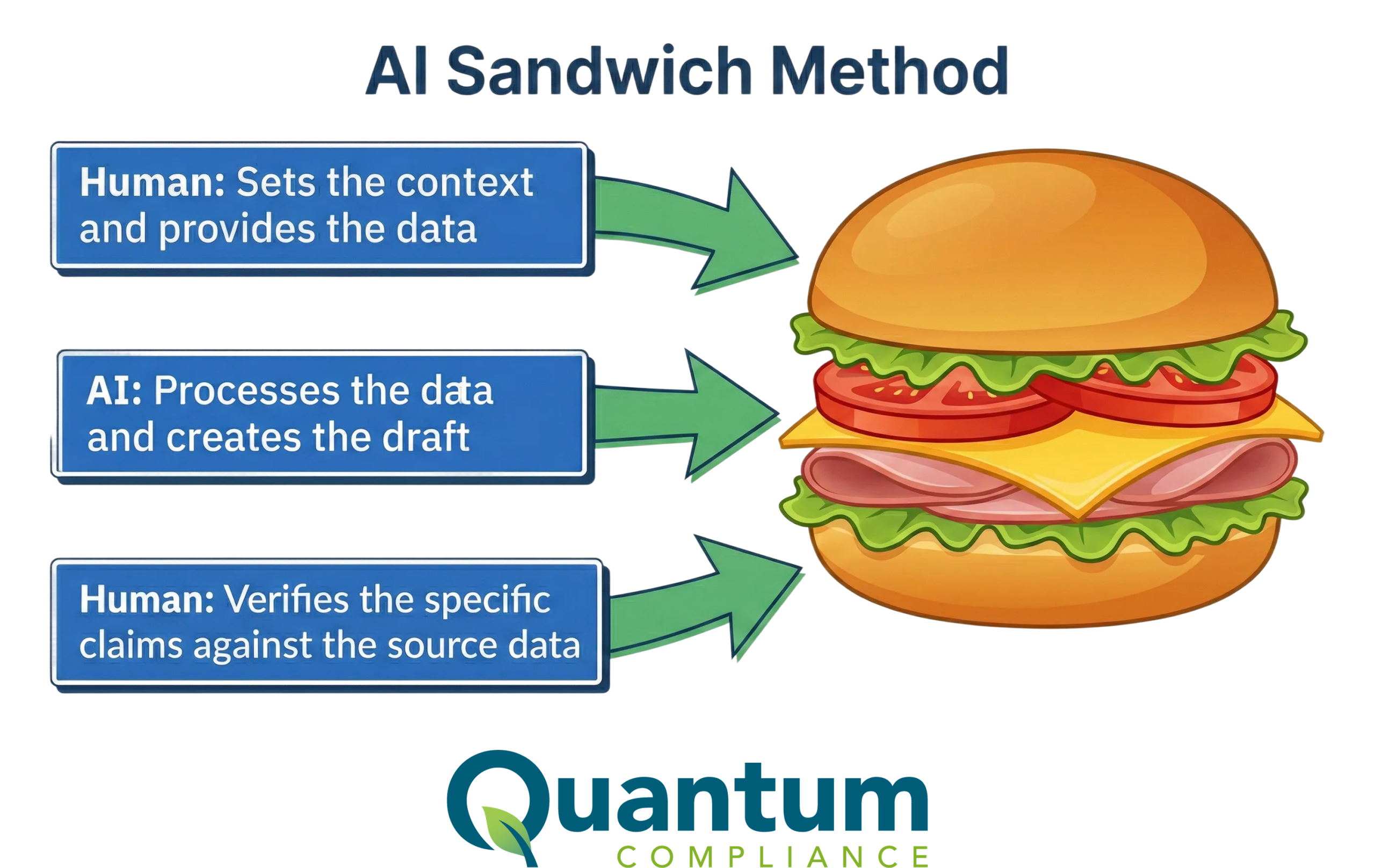California Cleaning Product Ingredient Disclosure Regulation
On October 15, 2017th Governor Jerry Brown signed the Cleaning Product Right to Know Act of 2017 into law. This law will require extensive ingredient disclosures for cleaning products, first on the company’s website, and eventually on the product labels.
This law applies to anyone selling (manufacturer or supplier) finished products that are; air care products, automotive cleaning products (cleaner, wax. polish), general cleaning products, or a polish or floor maintenance products used primarily for janitorial, domestic, or institutional cleaning purposes. Exclusions apply for food, drugs, cosmetics, products used exclusively for manufacturing, water treatment chemicals, industrial laundry products, food and beverage processing and packaging and trail samples.
For any of these “designated products”, the company must have online disclosure as of January 1st, 2020 and ingredient disclosure on the product label by January 1st 2021. (Note: the regulation allows for trade secret protection under certain circumstances, see section 108950 (e) for details).
All products manufactured before the deadline but sold after the deadline must display the date of manufacture (day, month and year), or a code indicating the date of manufacture on the label. It is important to start doing this as soon as possible, to avoid non-compliance.
If your ‘designated product’ does not comply with these regulations, it cannot be sold in California. Non-compliance can result in a $2500 fine per violation.
January 1st, 2020 (on or before) – Company web page must have a product webpage which discloses the following information:
- CAS Number (or “withheld” in the case of a confidential business information claim), Ingredient Name and functional purpose (fragrance or colorant) of intentionally added ingredients which appear on the 22 “designated lists” (section 108950 (g) 1 through 22). It is our interpretation that ingredients should be reported if they are above the reporting threshold of the designated list.
- Fragrances included on Annex III of the EU Cosmetics Regulation No. 1223/2009 as required to be labeled by the EU Detergents Regulation No. 648/2004, or subsequent updates to those regulations, when present in the product at a concentration at or above 0.01 percent (100 ppm).
- Non Functional ingredients (34 specific chemicals listed in section 108950 (m) must be disclosed at or above 0.01 percent (100 ppm), with the exception of 1,4 dioxane, which must be disclosed at or above 0.0001% (10 ppm).
- Electronic links for designated lists shall be grouped together in a single location.
- An electronic link must be provided to the product’s safety data sheet (SDS)
The ingredients appearing in the product at > 1% must be listed in descending order of weight in the product, ingredients below 1% may follow without respect to their weight order.
January 1st, 2021 (on or before) – The following information must be disclosed on the product’s label.
- Intentionally added ingredients that appear on the 22 “designated lists” (section 108950 (g) 1 through 20).
- List of fragrance allergens (above 100 ppm) which appear on Annex III of the EU Cosmetics Regulation No. 1223/2009. If any fragrance allergens appear in the product, the phrase “Contains fragrance allergen(s)” must appear on the label.
- Toll free phone number of manufacturer (or supplier).
- An address for an Internet Web site that provides all of the information required by Section 108954.5.
If the designated product label does not include a full list of intentionally added ingredients, it shall include all of the following: A statement that reads: “For more ingredient information visit” followed by the web address.
What Does this Mean for You?
If you manufacture or supply cleaning products in California, you will need to comply with this regulation.
If you already have a GHS-compliant SDS for your product, you’re already part of the way there. You then need to re-assess the hazard classifications to take the expanded hazard list into account, and to check for any ‘Designated Ingredients, and create the appropriate product web page, and eventually updated label.
If you don’t have easy access to a chemical hazard assessment tool, or to an up-to-date GHS SDS, you’ll be facing an uphill battle complying with the disclosure rule. Quantum can help you re-assess your chemicals, and can help create new SDS and disclosure forms for you.








